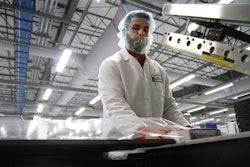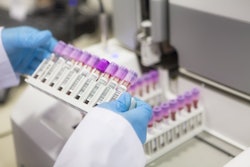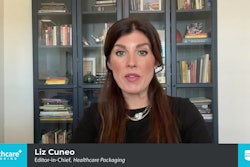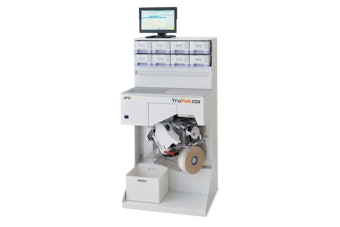
In the world of frozen, refrigerated or controlled room temperature products, handling mistakes, oversights and delays sometimes result in exposure to temperatures outside desired ranges. A Stability Budget serves as a powerful tool in determining whether product is still safe to use or must be destroyed.
Technical Report No. 53, Guidance for Industry: Stability Testing to Support Distribution of New Drug Products, published in 2011 by the Parenteral Drug Association, Bethesda, Md., explains that a Stability Budget considers long-term, accelerated and stress temperature exposure, as well as temperature cycling studies to determine the amount of time out of storage that a drug product may experience without any significant risk to its quality.
“A Stability Budget provides flexibility [and] … makes sure the product has the quality you want it to have,” Rebecca Gentile, senior specialist, Quality, MMD Stability at Merck, West Point, Pa., told the audience at the BioLogistics Summit, June 27-29, 2016, in San Francisco, Calif. In her presentation, Creating a Stability Budget to Support Packaging and Distribution of Biological Products, she also noted a Stability Budget can provide the data needed to support handling instructions on the label, optimize temperature-controlled packaging and lower costs, and enable delivery of product to difficult-to-reach destinations.
A Stability Budget is derived from Phase 3 stability data from long-term, accelerated, shipping, stress temperature, low temperature stress, frozen or 0-2°C (for products that can’t be frozen) and temperature cycling studies. In addition, Gentile said, “Regulatory agencies are looking at the freezing point of the product so you need to know that.”
It’s also important to do a TOS (time out of storage) sequential study to show what level of cumulative exposure is okay. She reports, “Agencies are requesting this data more and more frequently. Taiwan requires it.”
Gentile also recommended performing short-term stability post-shipping studies to determine if a temperature excursion has a delayed effect.
Real-life shipping studies of one or more shipping lanes also can yield valuable data regarding conditions experienced during the trip from manufacturer to end user.






















